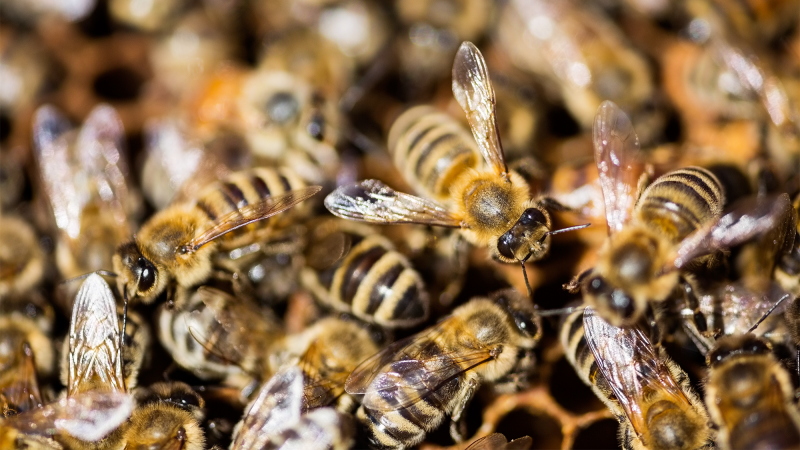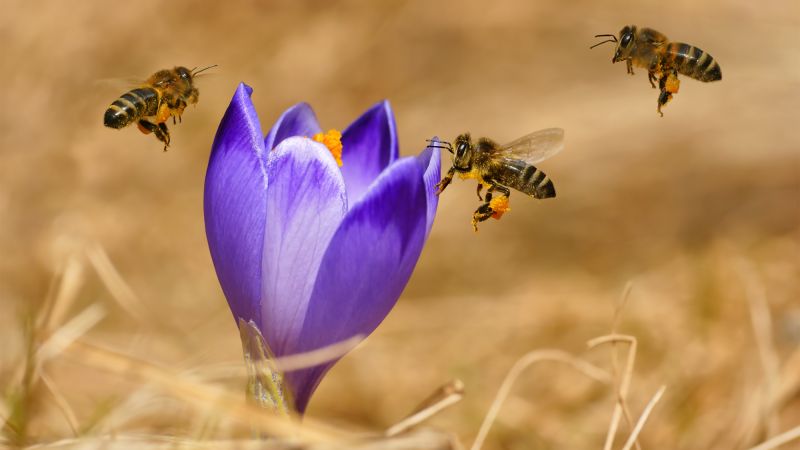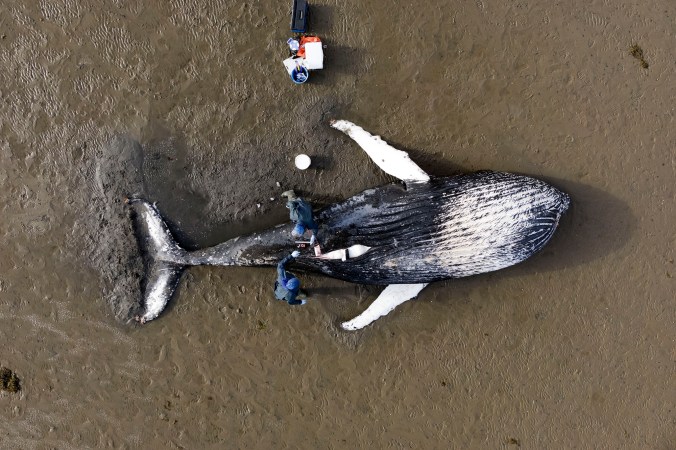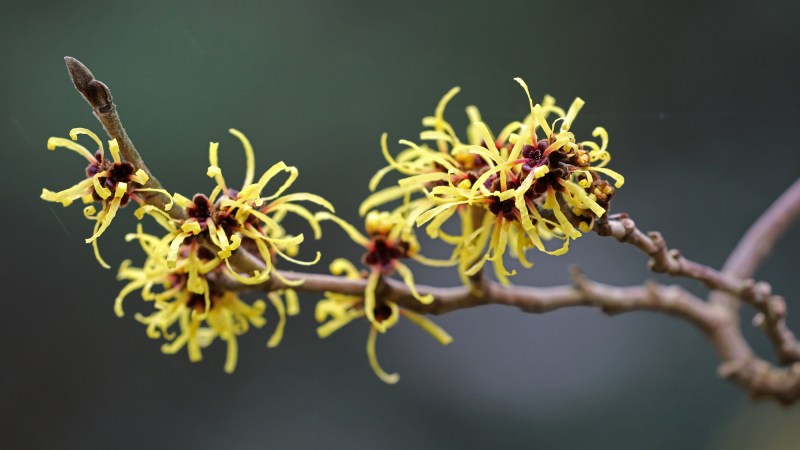

This article was originally featured on High Country News.
In a sunny meadow just beyond Portland, Oregon’s western sprawl, mounds of white lupine buzzed in the late June heat. From bloom to bloom, bumblebees moved up and around the stalks of fading petals. A yellow-faced bumblebee—Bombus vosnesenskii, or “voz” for short—hugged the edges of one slipper-shaped bloom and bumped pollen dust onto its belly. On a nearby stalk, a giant B. nevadensis did the same. The B-52 bomber of bumbles—its yellow and black body half the size of a human thumb—rose and dropped on the breeze.
Kevin Schafer swung at the bomber, tenting his insect net over the lupine. On his bucket hat and vest pocket, two enamel bumblebee pins glinted in the sun. In his net, two real bees crawled upward. He looked closely at the hint of a rust-colored patch on one, and said, excited, “I think it’s a brown-belted!” It would be the only Bombus griseocollis he’d caught all morning; they’re not common in this area. He nudged each bee and a lupine bloom into a plastic tube, and dropped them, buzzing, into his pocket. “Let’s ask the maestro.”
For six summers, Schafer—a retired photographer—and hundreds of volunteers like him have wandered through meadows and mountains across the Northwest, documenting wild bumblebees and the plants they’re foraging for the Pacific Northwest Bumble Bee Atlas. A quarter of North America’s almost 50 bumblebee species are at risk of extinction due to human-caused habitat loss and climate change, and most of them live in the Northwest. Unlike honeybees, they buzz when they pollinate plants — a pollen-releasing method that some plants require, making it essential for whole ecosystems to function. Beyond that, scientists know very little about them.
“The data that we had prior to this project, it’s basically just a bunch of collectors that have gone out and collected insects, killed them, and put them on pins,” said Rich Hatfield, Schafer’s bee “maestro” and the biologist who started the Atlas program at the nonprofit Xerces Society for Invertebrate Conservation. Dead specimens reveal few of the details that matter for conservation: What do they eat? Where do queens spend the winter? Why is this meadow full of voz and nevadensis, and yet the once-ubiquitous Western bumblebee—Bombus occidentalis—hasn’t been seen here in two decades? There aren’t enough scientists to capture the data, Hatfield said. Volunteers like Schafer help fill the gaps.
A quarter of North America’s almost 50 bumblebee species are at risk of extinction due to human-caused habitat loss and climate change, and most of them live in the Northwest.
This year, the Atlas program hit a milestone: Washington’s Department of Fish and Wildlife used its data to adopt a conservation strategy covering eight at-risk species in the state, including occidentalis, which many expect the federal government will add to the U.S. endangered species list next year. Washington is one of the few states that can prioritize wild bees: Unlike most, the state’s laws allow officials to manage insects as wildlife, not just as pests.
“We collectively saw (those species) as a shared priority and wanted to identify things we could do,” said Taylor Cotten, who manages conservation assessments for the state wildlife department and partnered with the Xerces Society and federal agencies to develop the strategy. The resulting document outlines regions of high priority for conservation—a horseshoe around the Columbia Plateau; the swath of lowlands from Portland to Puget Sound. It also outlines protective measures, like timing mowing and prescribed burns around nesting periods and planting the specific flowers that bees need.
Julie Combs, a state wildlife employee whose job is to prevent pollinator extinction, called the new conservation plan foundational. “I can’t emphasize enough how many questions I get about: OK, now we know where the bees are, we know they’re in decline, but what do we do?”
This year, when state officials sit down to hash out plans for burning and planting vegetation at any of their conservation sites, she’ll come armed with more than 200 pages of best practices to help bees.
“OK, now we know where the bees are, we know they’re in decline, but what do we do?”
At the edge of the meadow, Hatfield unzipped a cooler half full of ice. He and Schafer pulled tubes from every bulging pocket, then pushed each into the ice to daze the bees, waiting until they were still enough to handle. Then, one by one, Hatfield gently prodded and photographed each motionless bee, examining its fur pattern and jaw length to confirm its ID while Schafer scratched tally marks and plant names onto a worksheet.
Voz on spirea, nevadensis on lupine, voz on wild rose: Between the two men, they’d netted 31 bees, including, Hatfield confirmed, Schafer’s single griseocollis. Carefully placed on the table beside petal fragments and other dazed bees, the griseocollis slowly shivered back to life. For Hatfield, this program is about more than just the data. “We’re building a community of people that now see these animals in a totally different way,” he said: As beautiful, important, fragile.
The bee bobbed its rust-belted abdomen up and down, up and down, then stretched its wings, rubbed its pollen-laden legs against its body, and flew away.






























